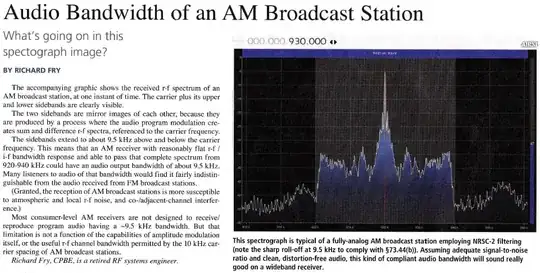There are two sidebands: Upper sideband and Lower sideband. You don't get an upper upper sideband. :) The carrier is merely the center frequency, and is not part of the audio modulation or the sidebands. Normally on demodulation, the carrier would be "zero beated" (moved to frequency 0) so would not be part of the demodulated audio, but if you are not exactly on the center frequency, it may be demodulated as a whistle. This can be very annoying, and most radios have an option to suppress it from the audio.
The sidebands are a function of the inherent symmetry of the audio, not a function of the RF itself, so you don't get sidebands of sidebands. It doesn't have an infinite bandwidth, because the audio itself is filtered to have a fixed bandwidth. It is possible to have a wider audio bandwidth that causes a wider RF bandwidth, and this can be seen on the amateur spectrum with people using uncalibrated SDR radios. This is not strictly legal and there have been a number of observer reports of it; doing this risks your license. AM signals don't have an infinite bandwidth for the same reason FM signals do not have an infinite bandwidth -- it isn't legal. The modes in use have fixed defined maximum bandwidths dictated by FCC regulations.
While you only get two sidebands (which are mirrored), it is possible to get multiple harmonics, where the signal is repeated multiple times on either side of the center frequency. Harmonics are a function of how the RF is generated, and again, this is something that is regulated. Good engineering design and FCC rules dictate that we put filters on the RF generator output to eliminate (or at least attenuate sufficiently) any such harmonics.
Generation of signal outside the intended frequency range is sometimes called splattering, and harmonics is one of the causes of this. Other causes include AGC issues and insufficient filtering of the audio input.
AM has two sidebands corresponding to the symmetry of the audio signal. Single sideband (carrier suppressed) is a more efficient modulation method that involves a more complicated modulation and demodulation circuit. The SSB demodulator must reconstruct the missing sideband for the audio to sound correct. Because SSB has neither the carrier nor the symmetry of AM, it is much harder to align both the center frequency and the reconstructed sideband, so it sounds characteristically strange when it is off slightly.
